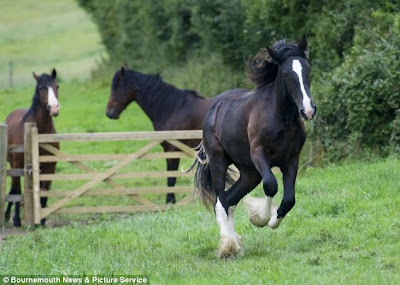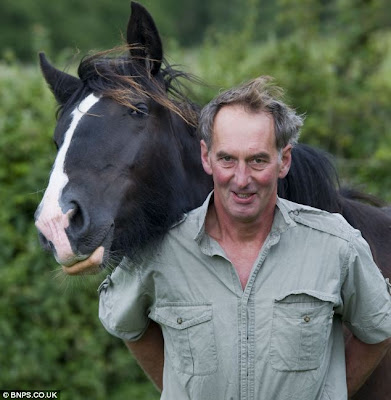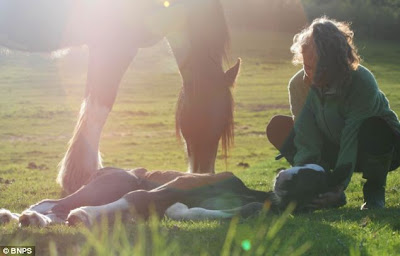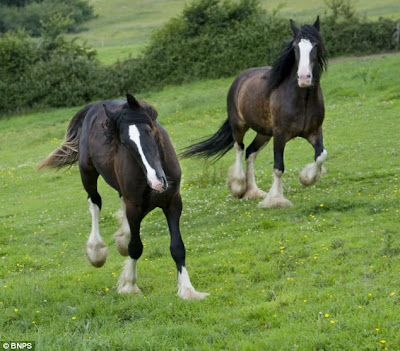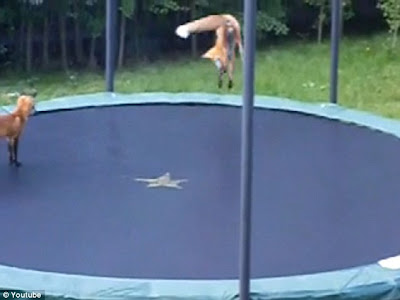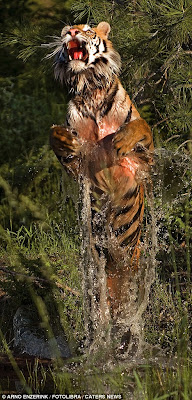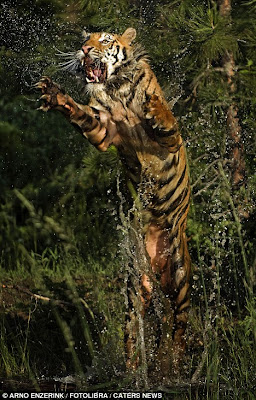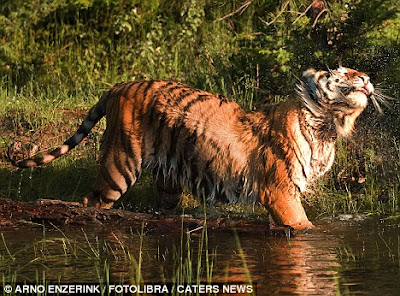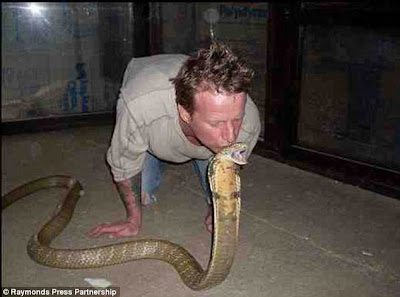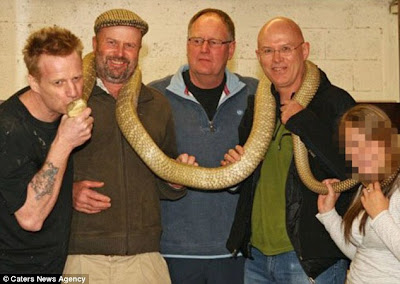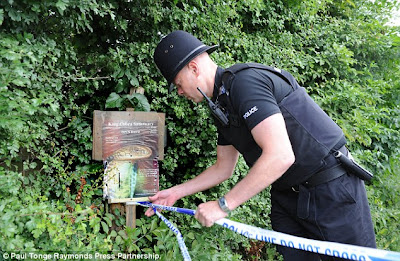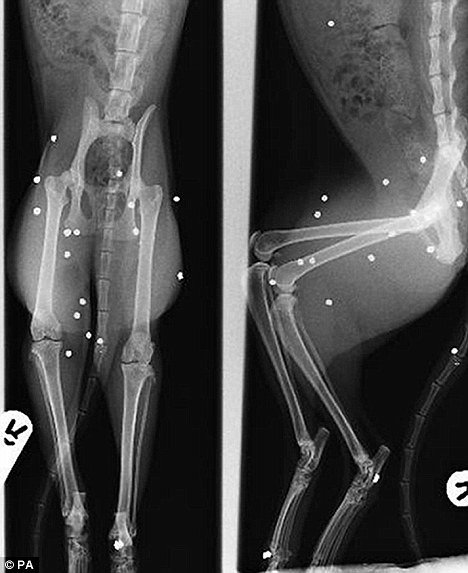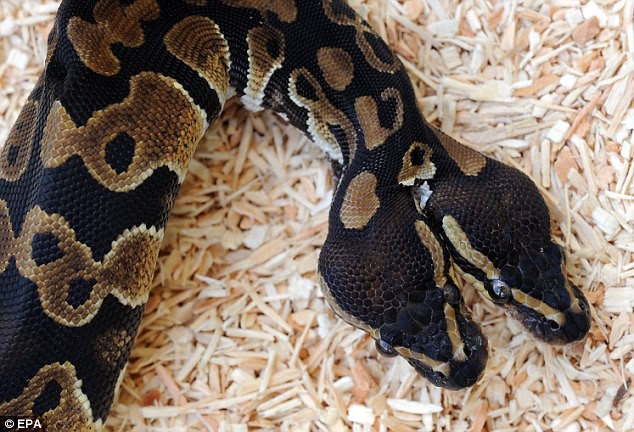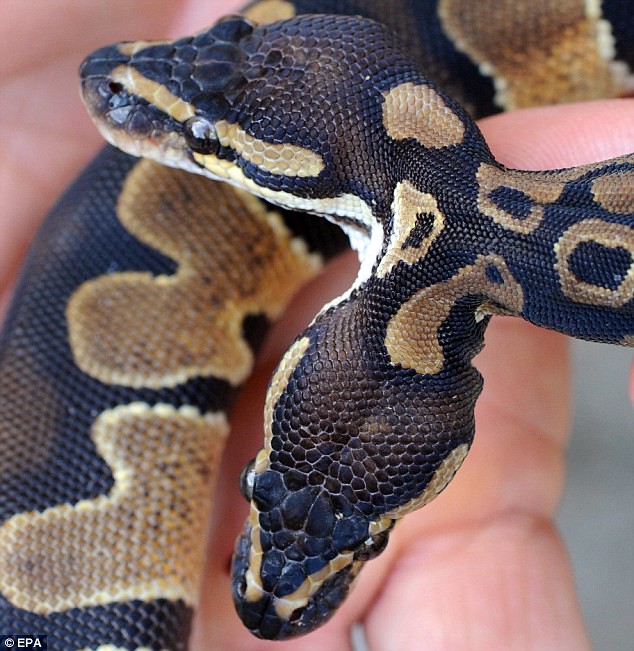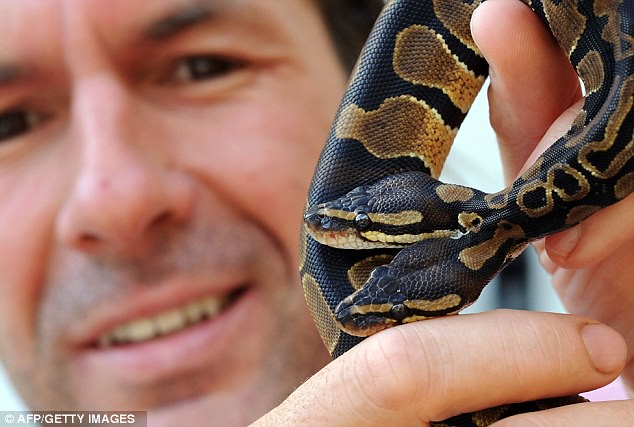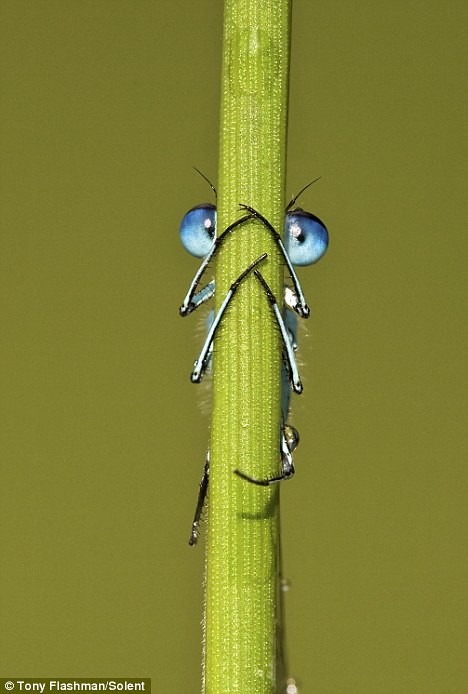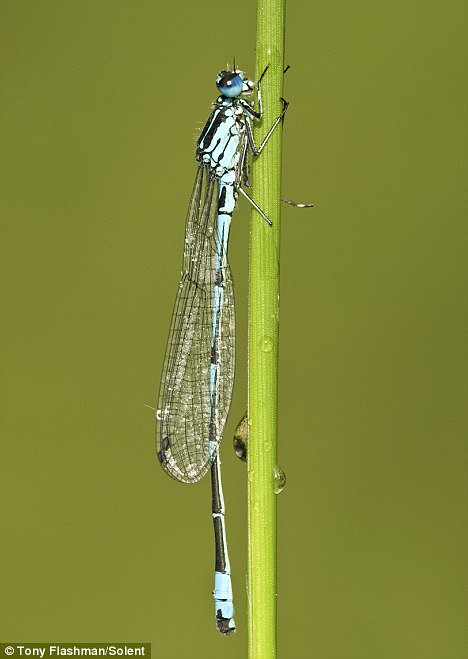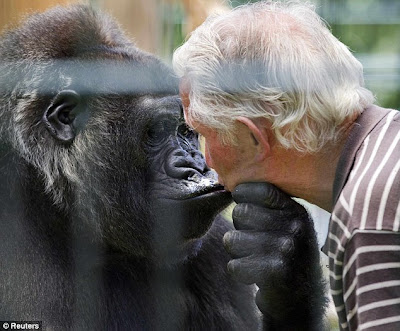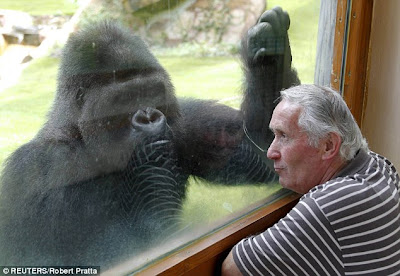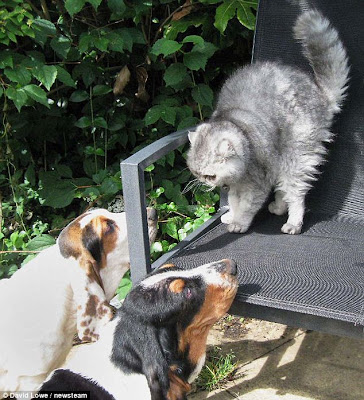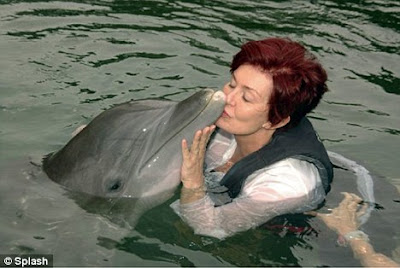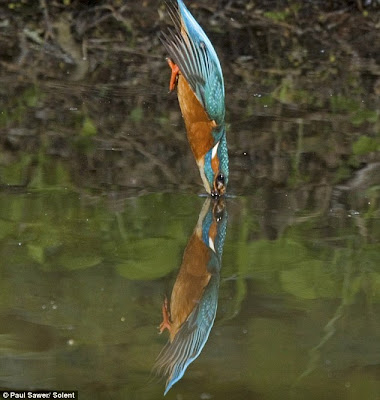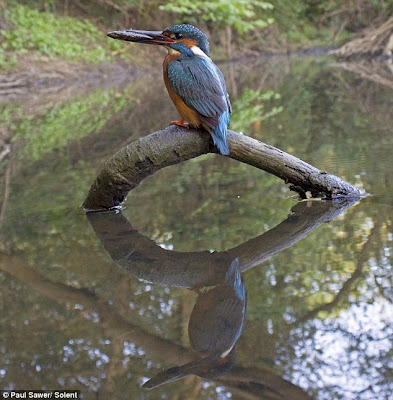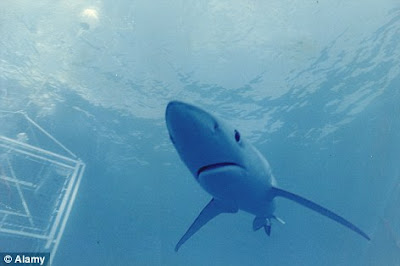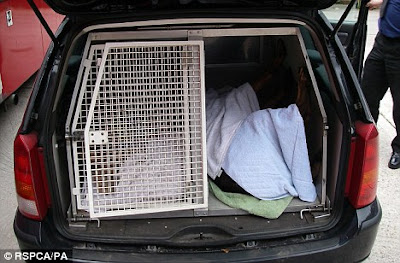By DAILY MAIL REPORTER
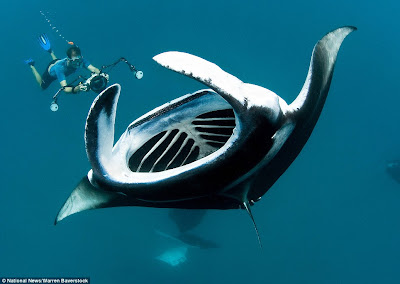 Monsters of the deep: Swooping gracefully through the water like giant bats, these huge manta rays gather to feed on microscopic plankton
Monsters of the deep: Swooping gracefully through the water like giant bats, these huge manta rays gather to feed on microscopic plankton
Swooping gracefully through the water like giant bats, these huge manta rays gather to feed on microscopic plankton.
These amazing pictures were taken by British photographer Warren Baverstock who spent nine days on the Maldives to capture these beautiful creatures.
Up to 200 mantas gather in Hanifaru Bay which is just the size of a football pitch to feed and be cleaned of parasites by smaller fish.
 Swimming with giants: The pictures were taken by British photographer Warren Baverstock who spent nine days on the Maldives to capture these beautiful creatures
Swimming with giants: The pictures were taken by British photographer Warren Baverstock who spent nine days on the Maldives to capture these beautiful creatures
Mr Baverstock, 42, from Plymouth, Devon, said: 'I slowly approached a 10ft-wide manta. I floated mesmerised by its graceful swimming pattern.
'Snapping out of my daze, I began to photograph the manta as it circled just under the surface whilst deeper down more mantas fed.'
Mr Baverstock added: 'Another manta ray glided alongside the small reef to be cleaned.
'Moments later two more arrived and as the density of plankton increased, so did the manta activity.
'Waiting patiently I peered down at the cleaning station, wondering what would happen next.
'I did not have to wait long and before I knew it, several mantas suddenly started to circle towards the surface, feeding on the soup of plankton all around me.
'The experience was incredible and as the the group synchronised so that they could all feed together, I watched with amazement as 25 large manta rays circled and barrel-rolled with mouths wide open less than a metre away from my camera.
 Working up an appetite: Manta rays are the world's largest ray and this one is 10ft wide. They filter their food from the water passing through their gills as they swim
Working up an appetite: Manta rays are the world's largest ray and this one is 10ft wide. They filter their food from the water passing through their gills as they swim
'I had never felt so overwhelmed about such an amazing animal encounter.'
Manta rays are the world's largest ray and have the biggest brain to body weight ratio of their cousins the skates and sharks.
They feed on plankton and fish larvae either on the ocean floor or in open water.
They filter their food from the water passing through their gills as they swim.
Mantas frequently visit cleaning stations where small fish such as wrasse, remora, and angelfish swim in their gills and over their skin to feed.
This rids it of parasites and dead tissue.
Their main predator are large sharks and very occasionally, killer whales.

Underwater feast: Up to 200 mantas gather in Hanifaru Bay which is the size of a football pitch to feed on plankton and be cleaned of parasites by smaller fish
source :dailymail
 Monsters of the deep: Swooping gracefully through the water like giant bats, these huge manta rays gather to feed on microscopic plankton
Monsters of the deep: Swooping gracefully through the water like giant bats, these huge manta rays gather to feed on microscopic planktonSwooping gracefully through the water like giant bats, these huge manta rays gather to feed on microscopic plankton.
These amazing pictures were taken by British photographer Warren Baverstock who spent nine days on the Maldives to capture these beautiful creatures.
Up to 200 mantas gather in Hanifaru Bay which is just the size of a football pitch to feed and be cleaned of parasites by smaller fish.
 Swimming with giants: The pictures were taken by British photographer Warren Baverstock who spent nine days on the Maldives to capture these beautiful creatures
Swimming with giants: The pictures were taken by British photographer Warren Baverstock who spent nine days on the Maldives to capture these beautiful creaturesMr Baverstock, 42, from Plymouth, Devon, said: 'I slowly approached a 10ft-wide manta. I floated mesmerised by its graceful swimming pattern.
'Snapping out of my daze, I began to photograph the manta as it circled just under the surface whilst deeper down more mantas fed.'
Mr Baverstock added: 'Another manta ray glided alongside the small reef to be cleaned.
'Moments later two more arrived and as the density of plankton increased, so did the manta activity.
'Waiting patiently I peered down at the cleaning station, wondering what would happen next.
'I did not have to wait long and before I knew it, several mantas suddenly started to circle towards the surface, feeding on the soup of plankton all around me.
'The experience was incredible and as the the group synchronised so that they could all feed together, I watched with amazement as 25 large manta rays circled and barrel-rolled with mouths wide open less than a metre away from my camera.
 Working up an appetite: Manta rays are the world's largest ray and this one is 10ft wide. They filter their food from the water passing through their gills as they swim
Working up an appetite: Manta rays are the world's largest ray and this one is 10ft wide. They filter their food from the water passing through their gills as they swim'I had never felt so overwhelmed about such an amazing animal encounter.'
Manta rays are the world's largest ray and have the biggest brain to body weight ratio of their cousins the skates and sharks.
They feed on plankton and fish larvae either on the ocean floor or in open water.
They filter their food from the water passing through their gills as they swim.
Mantas frequently visit cleaning stations where small fish such as wrasse, remora, and angelfish swim in their gills and over their skin to feed.
This rids it of parasites and dead tissue.
Their main predator are large sharks and very occasionally, killer whales.

Underwater feast: Up to 200 mantas gather in Hanifaru Bay which is the size of a football pitch to feed on plankton and be cleaned of parasites by smaller fish
source :dailymail



 8:06 PM
8:06 PM
 ms.tk
ms.tk
